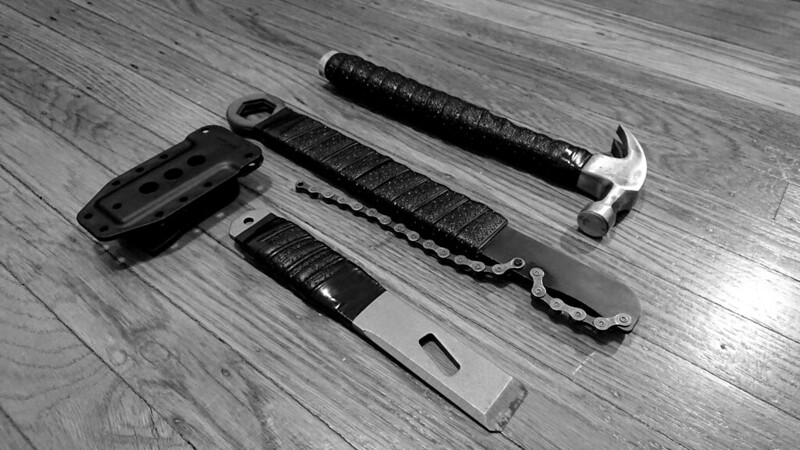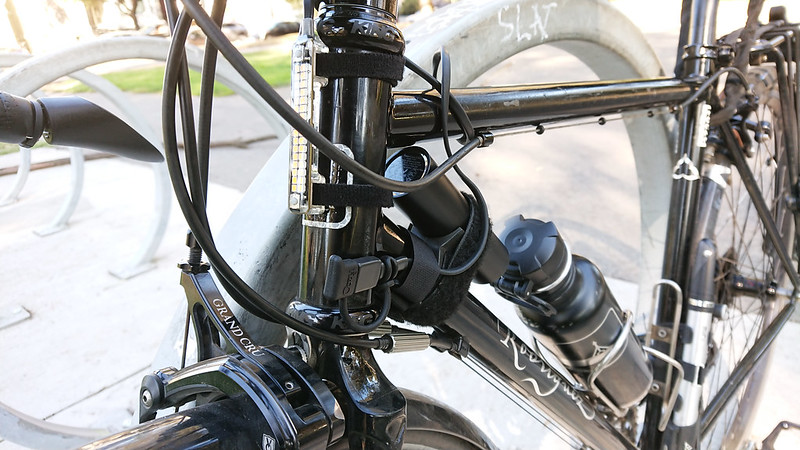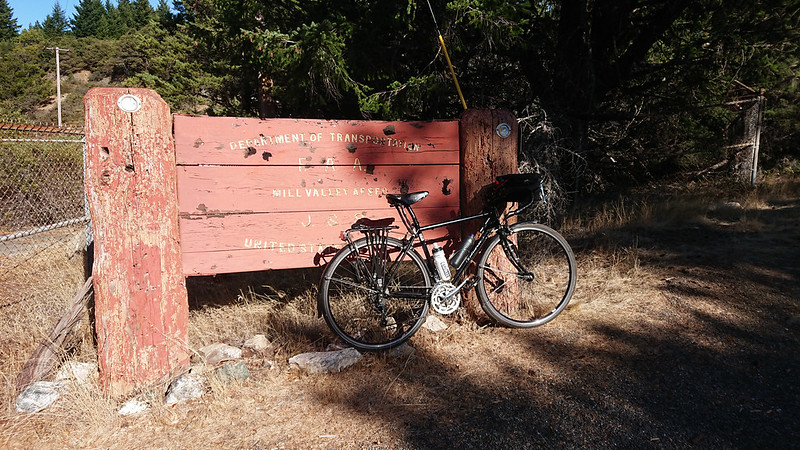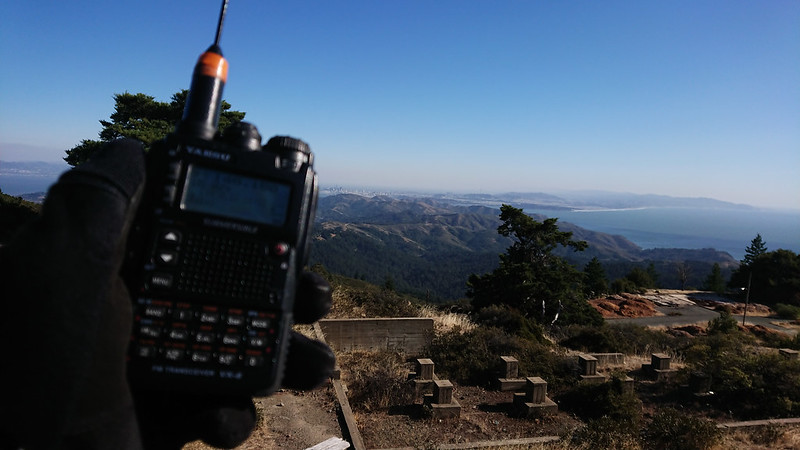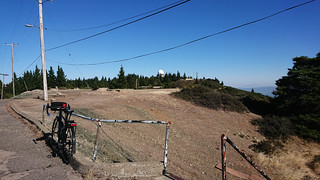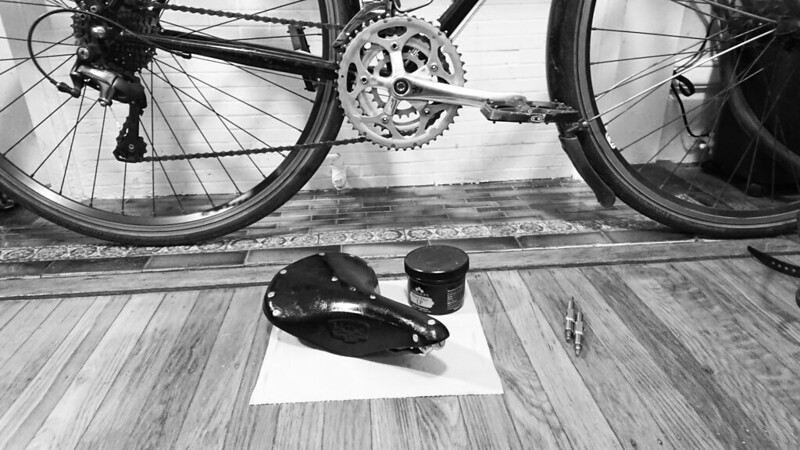Luer Lock Lubing
Earlier this year I purchased the Occam Lube DIY Kit from Occam Defense. This is a simple but ingenious solution for carrying and applying oil and grease by utilizing the Luer lock system from the medical industry. I shoot tupperware that runs dirty, and I have not travelled enough with firearms to need to think about lubricating them away from home, but I have needed to pack chain lube for my bike on longer tours. In the past I’ve been disappointed by the bottles of both bicycle and firearm lubricant, which may either leak or make it difficult to apply the contents precisely. There’s nothing in the Occam kit that you couldn’t put together yourself, but it is very reasonably priced and I credit it with being my introduction to the idea of using Luer components for lubrication. As soon as I stumbled upon the kit I purchased it.
The Occam kit includes one 30ml Luer syringe, three 3ml Luer syringes, three 22 gauge Luer dispensing tips, three 14 gauge Luer dispensing tips, four Luer caps, and a Luer gender adapter. Oil is drawn up into the large syringe, which is then attached to one of the smaller syringes via the gender adapter. If using grease, the grease is simply packed into the large syringe after removing the plunger, and then pushed into one of the smaller syringes. About 1.5ml of oil (or grease) may be pushed into the small syringe from the large syringe. The remaining 1.5ml of space inside the small syringe is needed to store one of the dispensing tips and the plunger cap. The intent is for the filled, smaller syringes to be placed in various kits and be taken on the road, giving you the ability to store the oil in a leak-proof manner and dispense of small amounts of it in precise areas. For applications where you need very little lubrication, like firearms, this works great.
I had never given much attention to what volume of oil I use when lubricating a bike chain, so I wasn’t sure if the smaller syringes would really be useful for this application. I’ve always been a one-drop-per-roller kind of guy, which I think results in the best lubrication with the least amount of waste. With my current oil of choice, I find that I use a bit over 3ml of oil when servicing my chain. When one of the dispensing tips is stored in the small syringe, the remaining 1.5ml capacity won’t work for me. But I can store the dispending tip separately, fill up the entire 3ml with oil, and still have a very compact, lightweight, and leak-proof option for lubricating on the go.
As happy as this makes me, I admit that carrying lube on a bike isn’t the most pressing concern. Good oil lasts, so unless you’re putting on a lot of miles in challenging conditions, you probably won’t find yourself needing to drop oil away from home. However, I have found that the Luer system is useful even at home, with a few additional purchases to supplement the contents of the Occam kit.
I purchased Luer lock bottle caps for 15-415 threading, 24-410 threading, and 20-410 threading. Between these three sets of caps I can convert most existing lube bottles to the Luer system. If I come across an oil in a bottle with some other type of threading (as is the case with Boeshield T-9), I transfer it into an appropriately sized bottle with standard threading.
I also purchased a few additional dispensing tips (the angled ones are nice), and a package of syringe tip caps to make the lids leak-proof when no dispensing tip is attached.
I can now be sure that none of my oils will leak, which is important to me whether the bottle is in a bag or a toolbox. Using a Luer gender adapter, I can easily transfer oil to a smaller travel sized container, be it one of the Occam syringes or simply a 0.5 oz bottle, or any other Luer-compatible container. Using a dispensing tip, I can accurately deposit precise amounts of lubricant, eliminating waste.
All of this is entirely unnecessary, but I find that small improvements in efficiency like this do translate to a higher quality of life. If you ever find yourself dispensing small amounts of a liquid, and you have a personality that values accuracy and precision (and tidiness), I’d definitely recommend picking up an assortment of Luer components. The Occam Lube DIY Kit is a great place to start.




